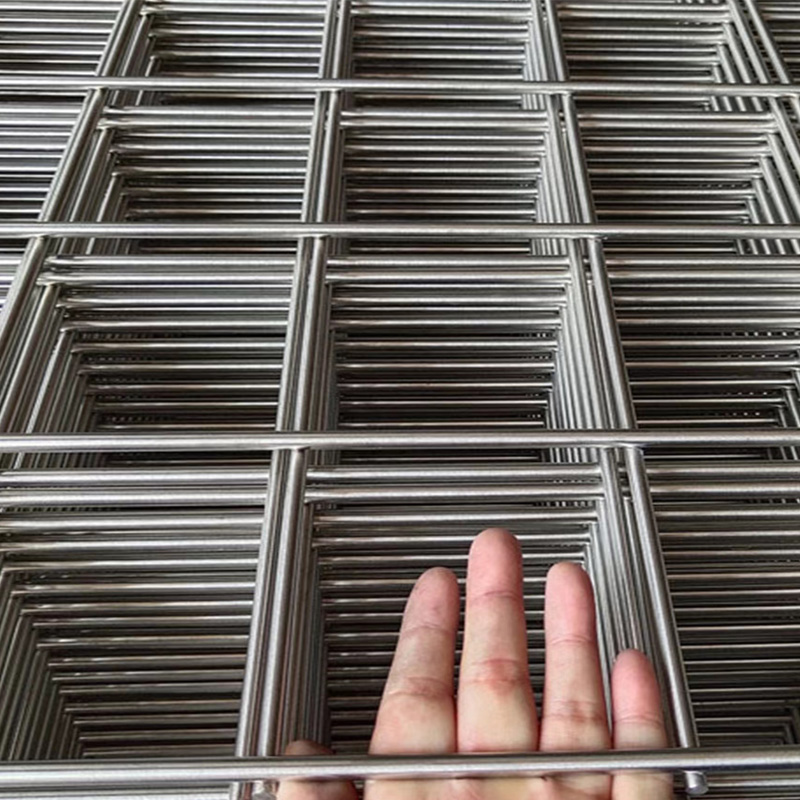-
+86 15030157877
-
sales@galvanizedmetalmesh.com
Sep . 15, 2024 03:42 Back to list
binding wire
The Versatility and Importance of Binding Wire
Binding wire, often overlooked in the vast spectrum of construction and maintenance materials, plays a crucial role in various industries, primarily in construction, agriculture, and manufacturing. This unassuming wire, typically made from mild steel or aluminum, is designed for securing items together in a straightforward yet effective manner.
One of the standout features of binding wire is its versatility. In construction, it is extensively used to tie rebar together, ensuring structural integrity in concrete work. The use of binding wire allows for the quick and efficient assembly of reinforcement frameworks, which are essential in supporting both residential and commercial buildings. As concrete is poured, the binding wire holds the rebar in place, preventing it from shifting, which could compromise the overall stability of the structure.
In addition to its use in construction, binding wire has significant applications in agriculture. Farmers utilize it to bind plants to trellises, creating support for climbing varieties such as tomatoes and cucumbers. This not only promotes healthy growth but also facilitates easier harvesting and maintenance. Furthermore, in gardening, binding wire can be used to create plant supports or to secure protective netting, safeguarding crops from pests and harsh weather conditions.
Manufacturing industries also rely on binding wire to package and secure materials. It is commonly used in the creation of bales, especially in recycling operations where large amounts of paper, plastic, or metal need to be held together for transport and processing. This ability to securely bundle materials is vital for efficiency in logistics and waste management.
binding wire

Durability is another characteristic that enhances the utility of binding wire. Available in various gauges and finishes, binding wire can be selected based on the specific needs of a project. Galvanized binding wire, for example, offers additional corrosion resistance, making it suitable for outdoor use or in environments exposed to moisture.
Furthermore, binding wire is not only functional but also cost-effective. Its affordability makes it accessible to a wide range of users, from professional contractors to DIY enthusiasts. The simplicity of its application means that anyone can utilize binding wire without requiring specialized tools or training.
In recent years, there has been a growing recognition of the importance of sustainable practices in all industries. Binding wire contributes to this initiative by reducing waste. Many companies now use binding wire made from recycled materials, promoting an environmentally friendly approach to construction and manufacturing processes.
In conclusion, binding wire is an essential component across various sectors, providing an effective solution for binding and securing materials. Its versatility, durability, and cost-effectiveness make it a go-to choice for professionals and hobbyists alike. As industries continue to evolve, the importance of such simple yet effective tools will undoubtedly remain significant.
-
Premium Welded Gabion Mesh | Robust & Eco-Friendly
NewsJul.31,2025
-
Premium Eco-Friendly Roof Tiles | Affordable & Durable
NewsJul.31,2025
-
Premium Roof Tiles for Durable & Stylish Roofing Solutions
NewsJul.30,2025
-
High-Quality Roof Tiles for Durable & Stylish Roofing Solutions
NewsJul.29,2025
-
High Quality Square Wire Mesh Manufacturer & Supplier for Wholesale
NewsJul.29,2025
-
Premium Roof Tiles for Durable & Stylish Roofing Solutions
NewsJul.29,2025



